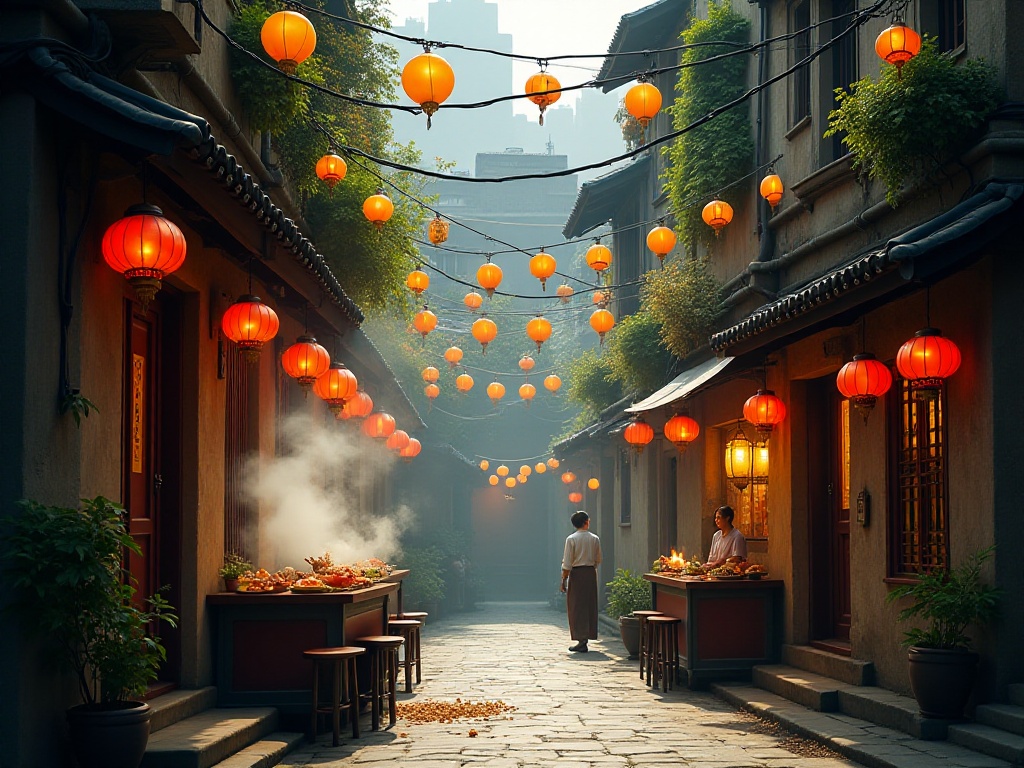
Opening Thoughts
I will never forget that moment. As the plane slowly landed on the runway at Charles de Gaulle Airport, through the window I saw not the familiar Shenzhen skyscrapers, but a distinctive cluster of European architecture. In that instant, it felt like stepping into another world, my heart racing with excitement. This wasn't watching a travel show or movie - I was truly setting foot on this land filled with romance and artistic spirit.
First Impressions of Paris
That morning leaving Charles de Gaulle Airport, Paris's unique character hit me immediately. Unlike Shenzhen's modern atmosphere, everything here exuded history. In Shenzhen's mornings, people rush to catch the subway and squeeze onto buses, hurrying to avoid being late. But in Paris mornings, the air is filled with the aroma of fresh-baked bread, and sidewalk cafes have already set out their outdoor seating, waiting for customers to elegantly enjoy breakfast.
In Shenzhen, you see glass-walled skyscrapers everywhere, 24-hour convenience stores, and QR codes for payment wherever you look. But Paris presents a completely different scene. Most buildings here maintain the Haussmann style, with beige walls, delicate carved decorations, and uniform six-story heights, making the entire city look like a carefully painted oil painting. Street shops have fixed business hours and mostly close for lunch breaks - unimaginable in Shenzhen. As for payment methods, many shops only accept cash or bank cards, which took some getting used to for someone accustomed to mobile payments.
I remember my first day in Paris, I walked into a bakery wanting to buy a croissant for breakfast. Out of habit, I took out my phone to scan a QR code for payment, resulting in a confused look from the shop owner. Fortunately, I had brought euros with me, avoiding an awkward situation. This small incident made me realize that in Paris, I needed to adapt to a completely different way of life.

Cultural Differences
During my month in Paris, I deeply experienced the enormous cultural differences between China and France. These differences are reflected not just in language, but in every aspect of life.
In Shenzhen, I was used to a fast-paced life. Getting up at seven to catch the subway, grabbing fast food for lunch, working overtime until late. But in Paris, such a lifestyle is unimaginable.
People here never seem to be chasing time. Every afternoon around three or four, cafes are always full. You'll see people quietly reading books, friends gathered in animated discussion, or individuals lost in thought watching street scenes. They savor these leisurely moments as if time has stopped.
I remember once seeing a couple in a cafe. They sat from 3 PM until dusk, only ordering two coffees. In Shenzhen, such "seat occupying" would likely draw dirty looks from servers, but in Paris, it's perfectly normal. Servers would regularly refill their water, always wearing friendly smiles.
Even more surprising was Parisians' emphasis on lunch time. In Shenzhen, many people are used to hurriedly eating boxed lunches at their desks. But in Paris, lunch is one of the day's most important social times. People spend one or two hours enjoying a proper lunch with colleagues and friends, chatting and enjoying the pleasure of good food.
Food Exploration
Honestly, when I first came to Paris, I was worried about my appetite. After all, I grew up eating Chinese food, and my impression of French cuisine was limited to "small portions, big prices" seen on TV shows. But when I actually began exploring Paris's food world, I discovered my concerns were completely unnecessary.
At a three-Michelin-star restaurant in Paris's 1st arrondissement, I experienced true French cuisine for the first time. From the moment I entered, everything was like a carefully choreographed performance. The waiters' elegant manner, the placement of cutlery - every detail was perfect.
The appetizer was a perfect foie gras with crisp bread slices. The foie gras melted in the mouth, and paired with the bread created an irresistible texture. For the main course, I chose traditional duck confit - the skin golden and crispy, the meat tender and juicy, paired with carefully crafted sauce that nearly moved me to tears. The final dessert was a macaron platter, each one beautifully colored with a delicate texture.
In Shenzhen, I was used to fast-food dining experiences. Order takeout, delivered in twenty minutes, finished in ten. But in Paris, a formal dinner often takes two to three hours. From aperitif to appetizer, main course to dessert, there are appropriate intervals between each course, allowing you to fully savor every flavor.
It's not just high-end restaurants - even street-side bistros are particular. I remember dining at a small restaurant near Montmartre. I ordered a regular steak, but the chef asked how I wanted it cooked, if I wanted to change the side dishes, and even offered professional wine pairing advice. This dedication to and passion for food can be seen everywhere in Paris.

Lifestyle
During my month in Paris, my lifestyle habits underwent a complete transformation. Previously in Shenzhen, the first thing I did each morning was check work emails on my phone. But in Paris, I fell in love with the ritual of morning visits to the bakery.
At 6 AM, when the city is still sleeping, bakery lights are already on. Opening the door, you're hit with a wave of bread aroma that instantly wakes you up. Fresh croissants are crispy and warm, pain au chocolat perfectly layered - a breakfast experience that fast-food sandwiches could never match.
In the afternoons, I began enjoying sitting at outdoor cafes. Watching passersby, feeling Paris's unique lazy atmosphere. Sometimes I'd order a coffee, bring a book, and leisurely spend the entire afternoon. In Shenzhen, such "time wasting" would be unthinkable. But in Paris, this is the most normal way of life.
Most excitingly, I learned wine appreciation. At a bar in Saint-Germain-des-Prés, I met a very professional sommelier. He taught me how to properly taste wine: first observing the color and clarity, then gently swirling the glass to smell the bouquet, and finally taking small sips. This process turned drinking into an art.
Once, I met an elegant elderly French lady at a cafe. She would appear at the same time every afternoon, order a black coffee, and read poetry. We chatted about our lives, and she said something that left a deep impression: "Life isn't meant to be rushed, but to be savored." This sentence gave me a whole new understanding of life. In Paris, people don't sacrifice quality of life for work - they know how to find their own life pleasures amid busy schedules.
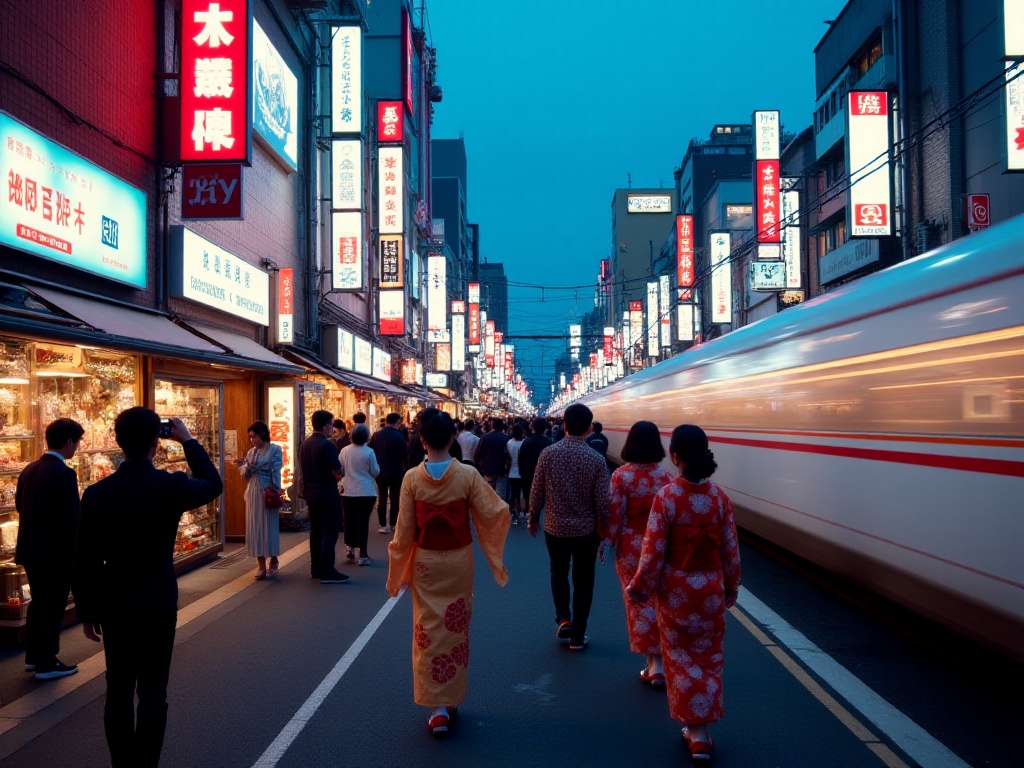
Architecture
Paris's architecture is like a book that once opened, cannot be closed. Each building is like a carefully crafted artwork, telling its own historical story.
The Louvre, the world's largest art museum, evolved from a medieval castle to today's art palace over eight centuries. The glass pyramid contrasts sharply with the ancient palace yet harmonizes perfectly - this beauty of old and new integration is astounding. I once stood before the pyramid at dusk, watching sunlight refract through the glass into brilliant rays - that moment's impact remains unforgettable.
The Arc de Triomphe stands at the end of the Champs-Élysées, witnessing countless historical moments. I specifically chose a clear afternoon to climb to its top, looking down over Paris. Twelve avenues radiate from the Arc de Triomphe like a brilliant star. Such urban planning could never be seen in Shenzhen's urban forest.
Notre-Dame, though still under restoration, remains captivating. The Gothic spires, rose windows, and gargoyles - every detail tells of medieval craftsmen's dedication. Standing before Notre-Dame, you can almost hear bells echoing over the Seine, as if Victor Hugo's stories are unfolding before your eyes.
My favorite moment is walking along the Seine at dusk. Ancient buildings on both banks are gilded by sunset, the river reflecting colorful twilight. Occasionally boats glide past, carrying drifting music. Such romantic scenes could never be felt between Shenzhen's office towers.
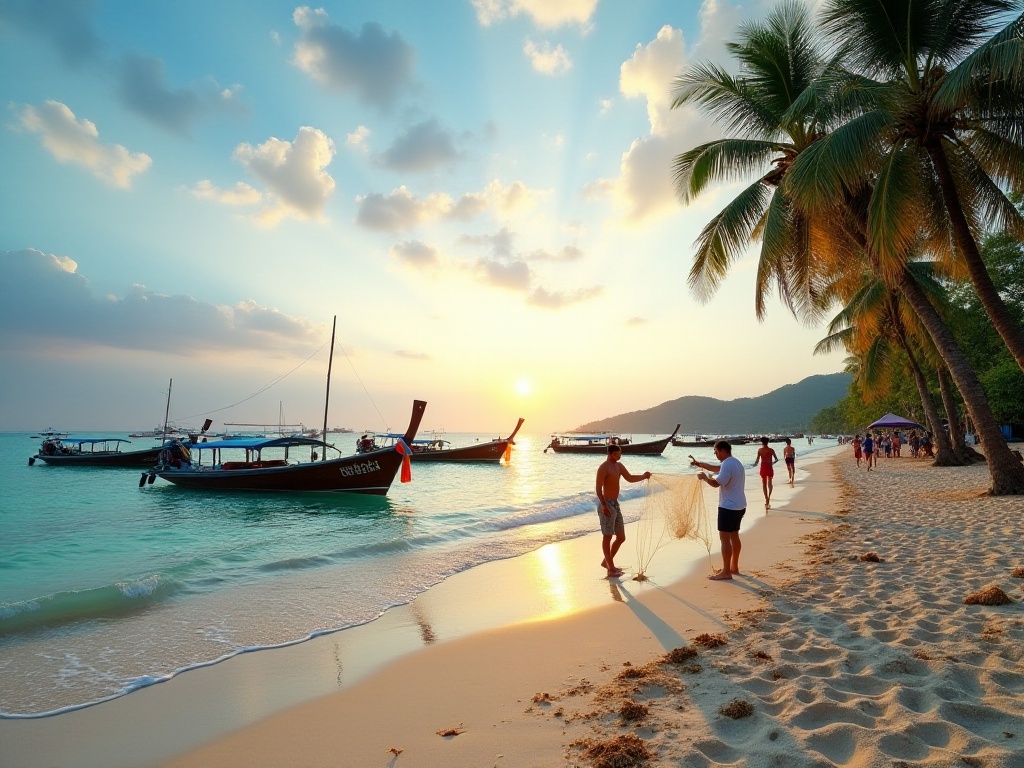
Transportation Experience
Regarding transportation, Paris's metro system left a deep impression. Compared to Shenzhen's clean, modern subway, Paris's metro appears more "vintage" but has its own charm.
Each metro station has its unique decorative style. Some platforms retain early 20th century Art Nouveau style, with colorful tiles forming exquisite patterns; others are filled with modern art, with graffiti and installations making waiting time interesting. Most delightful was often encountering street performers in stations. Saxophone notes echoing through metro tunnels add an artistic touch to busy commute times.
But what fascinated me most was Paris's Vélib' public bicycle system. Bike stations can be found throughout the city, accessible with just a transit card for borrowing and returning. I especially loved cycling through Paris streets on weekend mornings. Morning sunlight on cobblestones, air filled with bakery aromas - this feeling is indescribably wonderful.
I remember once cycling from the Louvre to the Panthéon. Along the way, I passed Seine-side used book stalls, antique vendors setting up their goods. Sunlight filtered through plane tree leaves casting dappled shadows, with gentle breezes - this slow-paced experience made me fall deeply in love with this city.

Shopping Paradise
As a fashion capital, Paris offers truly unique shopping experiences. The Champs-Élysées, Galeries Lafayette, and Printemps - each shopping landmark has its own character but all exude artistic atmosphere.
In Shenzhen's shopping centers, everything emphasizes efficiency and convenience. But in Paris, shopping itself is an artistic experience. I remember spending an entire day at Printemps, not shopping frantically but admiring each brand's window displays. Each window is like a small art exhibition - some showing surrealist style, some full of vintage nostalgia, others using the latest digital technology to create interactive art installations.
The Galeries Lafayette building itself is an artwork. When sunlight passes through its iconic colored glass dome, it creates dreamlike light effects throughout the store. Shopping here isn't just consumption but a visual feast.
Boutiques on the Champs-Élysées emphasize personalized service. Each store has professional sales staff who don't rush to sell but first understand your needs and taste before offering professional advice. This shopping experience makes you feel you're enjoying exclusive service rather than simple consumption.
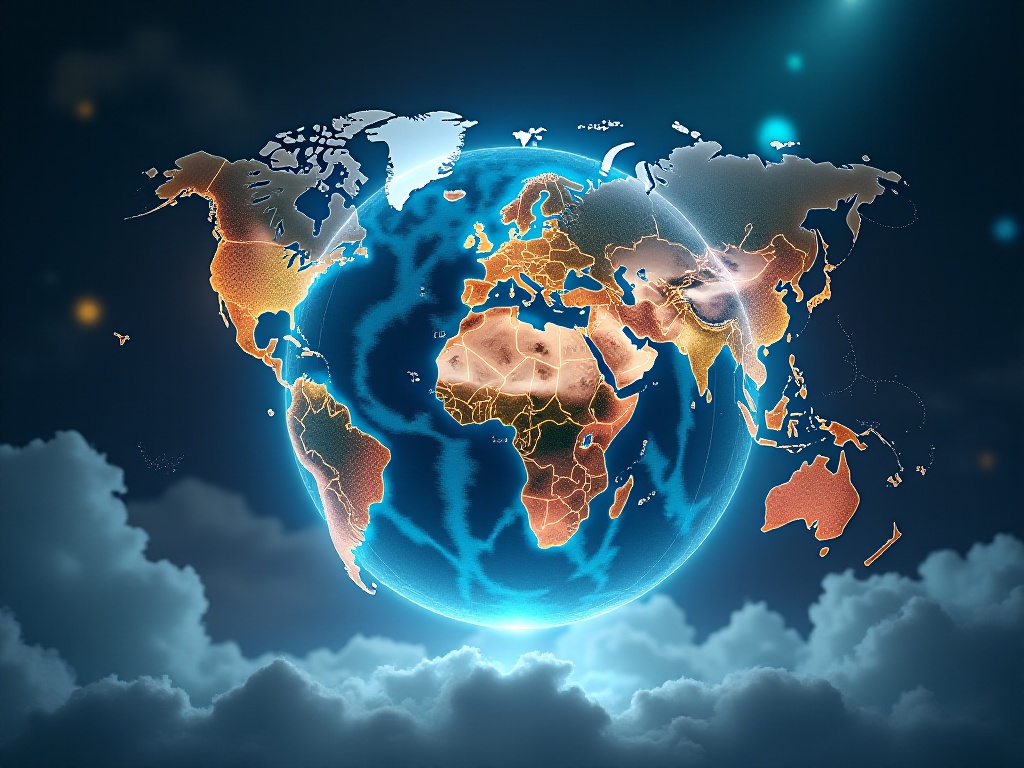
Artistic Atmosphere
In Paris, art is truly everywhere. From street graffiti to museum masterpieces, from metro station performances to impromptu café shows, the entire city performs artistic charm.
The Centre Pompidou left an especially deep impression. This "inside-out" building itself is a controversial artwork. Building services exposed on the exterior, colored pipes like an abstract painting. Here, I saw many cutting-edge artists' works, feeling contemporary art's vitality and innovation.
Every weekend, Montmartre Hill gathers numerous artists. They set up easels in the square, drawing portraits for tourists or creating their own works. The air filled with paint scents, street performers' music rising and falling - this atmosphere makes one want to pause and feel art's charm.
The Louvre needs no introduction - from Mona Lisa's mysterious smile to the Winged Victory's majesty, each artwork commands attention. I especially liked visiting the Louvre on quiet mornings, sitting quietly before a painting, trying to understand the artist's intended emotions.
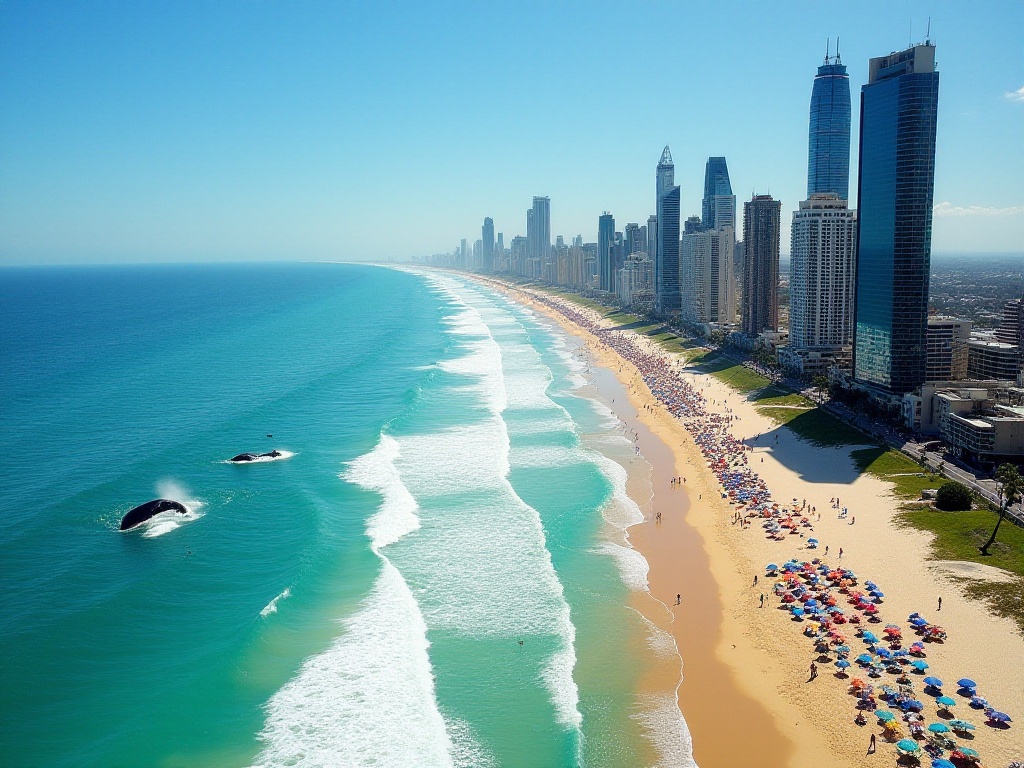
Human Observation
Parisians' life attitude gave me great inspiration. Here, people don't abandon life's pleasures for work, nor sacrifice quality of life for efficiency.
In Shenzhen, we're used to measuring everything by efficiency. Rushing for morning subway, hurriedly eating lunch, working late. Even weekends are filled with social activities and to-do lists. But in Paris, people seem to have found a better balance.
I noticed Parisians particularly value meal times. No matter how busy work is, lunch time is sacred. They take time to enjoy food, chat with friends - this is essential daily social time. After work, many choose to sit at cafés or bars, chat with friends, read books, giving themselves relaxation space.
On weekends, Parisians like family picnics in parks. Spread a blanket, prepare simple food, enjoy sunshine and breeze on the grass. Children play nearby while adults chat and laugh - this simple happiness is rarely seen in Shenzhen's fast-paced life.
Reflections and Insights
This Paris trip not only showed me different cultures and lifestyles but gave me new thoughts about life. Perhaps we don't always need to rush; perhaps we can learn from Parisians to slow down, feel life, enjoy the present.
In Paris, I learned to appreciate life's small pleasures: morning's first sunlight, fresh bread's aroma, a rich coffee at a corner café, sunset over the Seine... These seemingly ordinary moments constitute life's most beautiful parts.
Back in Shenzhen, I began trying to change my lifestyle. I no longer constantly stare at my phone screen but learned to look up at the sky; no longer rush back to work right after lunch but give myself time, even just finding a quiet corner to drink coffee and read.
In this fast-paced era, perhaps we should all learn to slow down and feel life's beauty. After all, life isn't a race but a long stroll - what's important isn't the speed of reaching the destination but the scenery enjoyed along the way.
What do you think? In this fast-paced era, shouldn't we learn to slow down and truly feel life's beauty?
Next
From Paper Guides to Digital: Exploring the Evolution and Future Trends of Global Travel Guides
Comprehensive analysis of diverse travel guide resources, covering traditional publications like Lonely Planet, online travel platforms, TV travel shows, and digital travel content, providing readers with various channels to access travel information
Discovering the Beauty in Details: Why Are Professional Travel Guides Being Replaced by Personal Travel Experiences?
An in-depth exploration of modern travel guide formats across various media, covering both audiovisual and digital platforms, analyzing their content features, coverage scope, and presentation styles to provide comprehensive travel information
My First Solo Trip Around China: How to Plan a Spontaneous Journey Using Artificial Intelligence
An in-depth analysis of modern travel guide trends, covering AI-assisted planning, social sharing platforms, and digital destination management, exploring the transformation of tourism services towards intelligence and personalization
Next
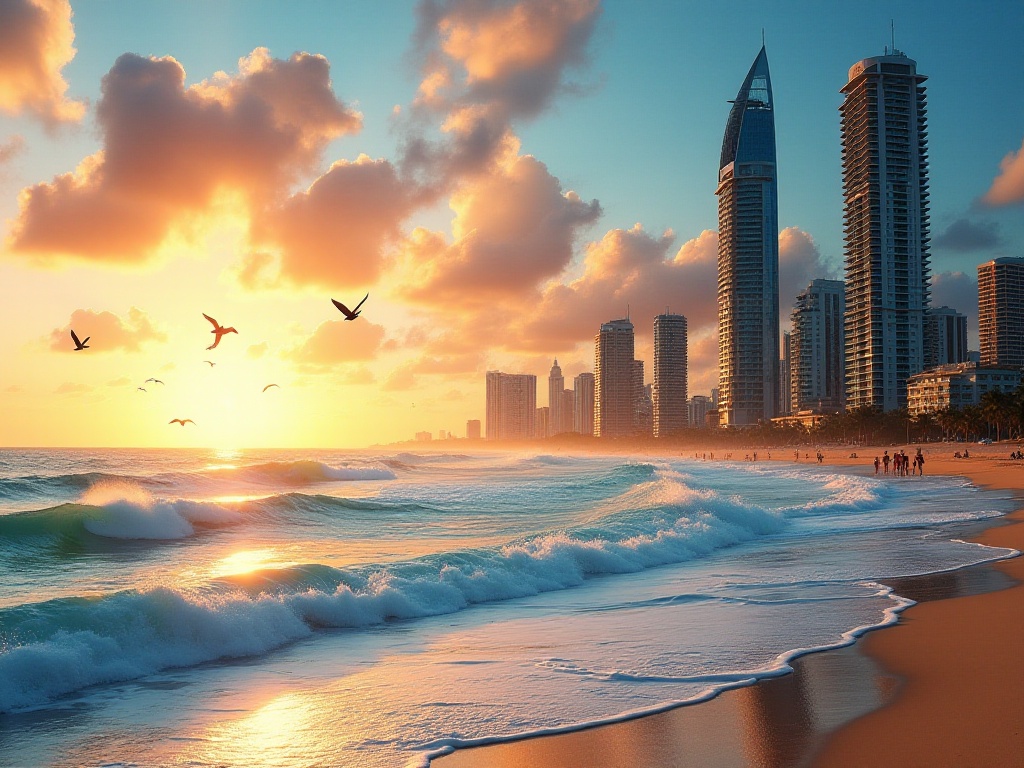
From Paper Guides to Digital: Exploring the Evolution and Future Trends of Global Travel Guides
Comprehensive analysis of diverse travel guide resources, covering traditional publications like Lonely Planet, online travel platforms, TV travel shows, and digital travel content, providing readers with various channels to access travel information
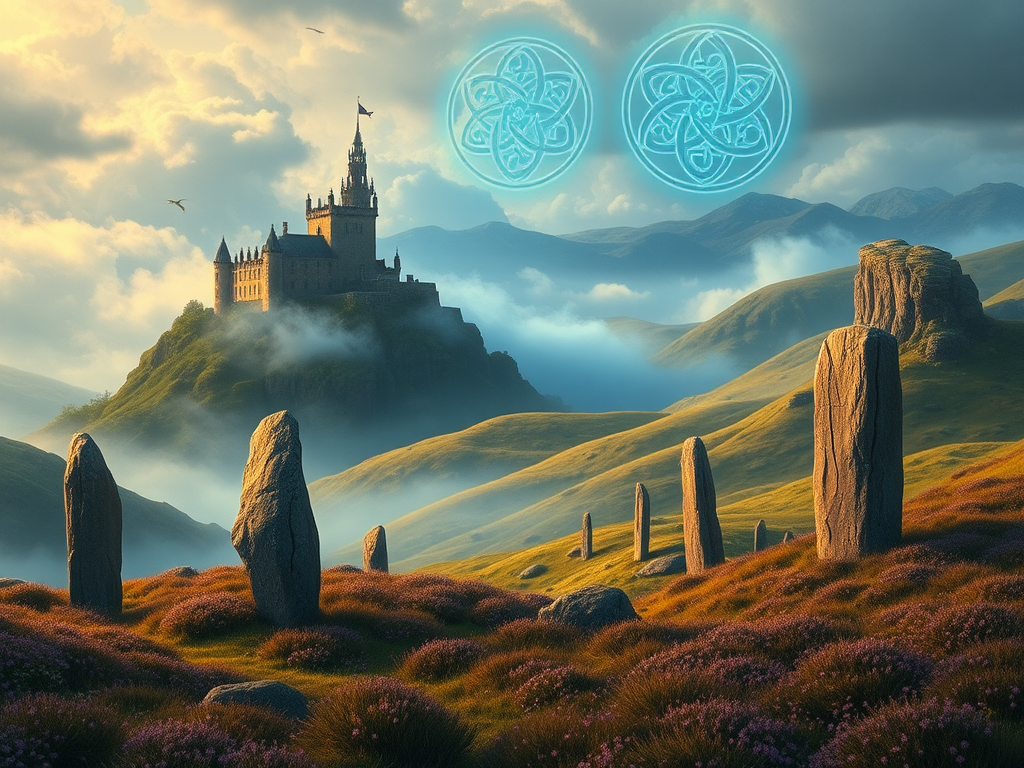
Discovering the Beauty in Details: Why Are Professional Travel Guides Being Replaced by Personal Travel Experiences?
An in-depth exploration of modern travel guide formats across various media, covering both audiovisual and digital platforms, analyzing their content features, coverage scope, and presentation styles to provide comprehensive travel information
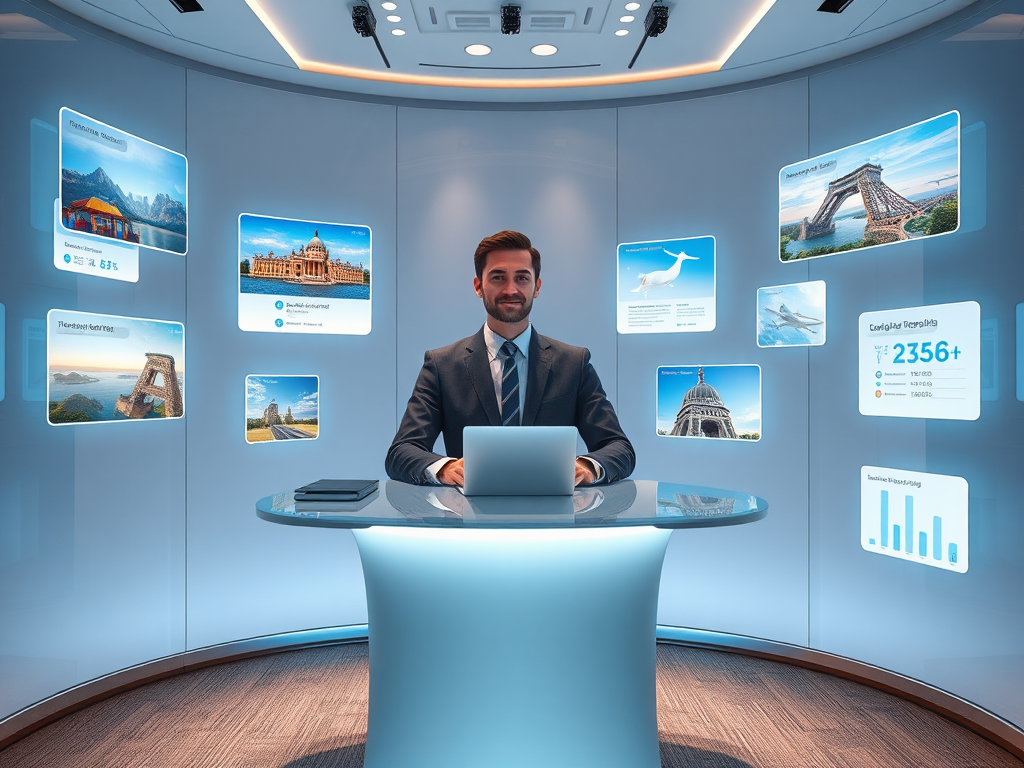
My First Solo Trip Around China: How to Plan a Spontaneous Journey Using Artificial Intelligence
An in-depth analysis of modern travel guide trends, covering AI-assisted planning, social sharing platforms, and digital destination management, exploring the transformation of tourism services towards intelligence and personalization

